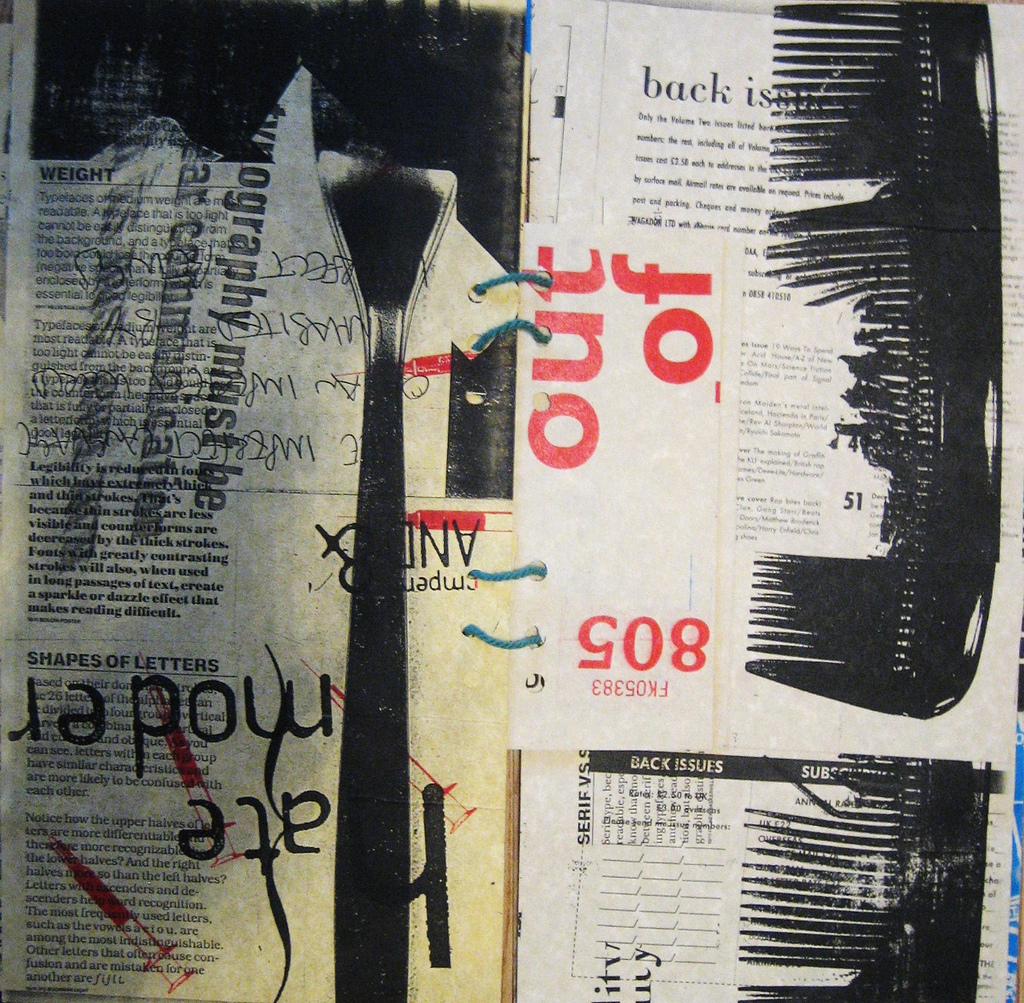
Digital typography since the dot com revolution.
Seven years ago, Oliver Reichensten wrote:
Don’t tell us to adjust the font size. We don’t want to change our browser settings every time we visit a website!
A year ago, Erik Spiekermann tweeted:
If you want good type on Retina displays, stop discussing hinting et al. Just search for faces that happen to look good. Like the old days.
Last month, John Gruber said:
If you want to see the future of software UI design, look to the history of print design.
Screen Legibility.
The first quote now seems so obviously correct, but at the time most websites were using 12pt as their standard text size. For example, if you visit Daring Fireball today (despite my positive reference of John Gruber’s comment!) you will see exactly what I mean: it still uses 11pt, and it’s tiny. Compare that with the pleasure of reading at Information Architects, and you will see that today’s digital typography vanguard are readily improving standards.
Screen typography has been led by display technology.
The second quote hints at a reason why this change has occurred and why it may have taken longer to happen than Mr Reichenstein wanted. For so long digital designers held “72 dpi” as the standard for display resolution until Apple disagreed, thought for themselves and created retina screens: your iPhone 5 has over 300 ppi. This is print standard! Which means, as Spiekermann says, you can now choose your web fonts in the same manner which you’d choose your print fonts: by what you deem will look good, without any technological constraint. So good-bye Verdana, Georgia, Lucida Grande and all those mid-90s-created, screen-optimised fonts that were made to handle crude, bygone displays.
It’s not only the future of digital typography.
The third quote anticipates what this year is about: that digital typography will continue to get closer to the qualities of print that we’ve known for hundreds of years: a greater range of typefaces rendered on much better displays means increasing legibility, a broader diversity of available typographic expression, resulting in ever-improving web typography standards.
And that goes for not only text, but every other user interface element on your screens. I await a radical reinvention of Apple’s skeumorphic interfaces with the next significant OS upgrade, because the guy who designed all their product hardware is now their software designer too.
Why is this important to my online presence?
Because the web is 95% typography. If you want to talk to people and then have them engage with you, you’ve got to make sure they’re willing to read your screen.

